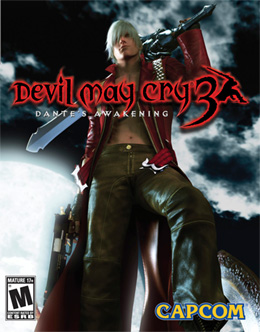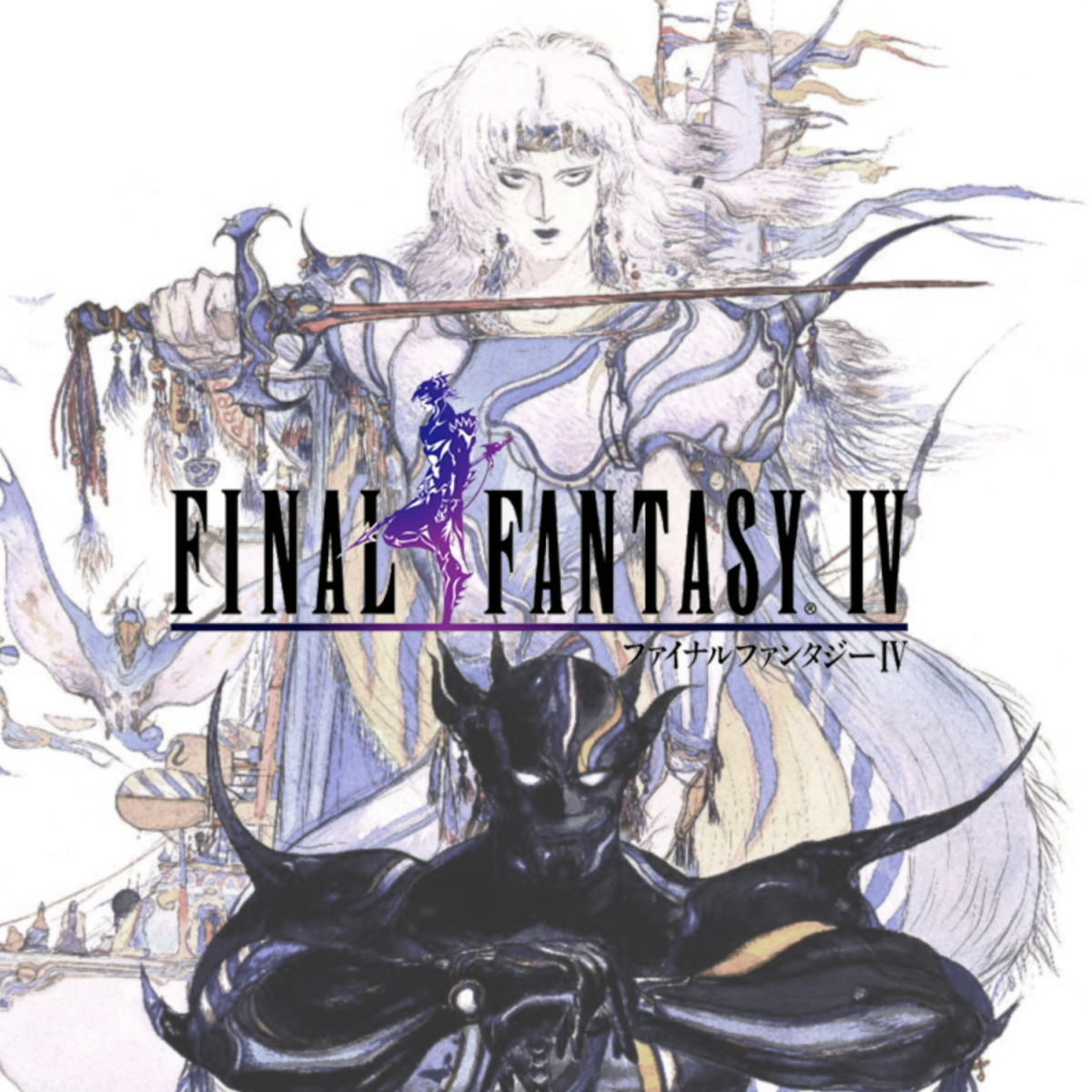After the mediocre (that’s putting it lightly) release of Devil May Cry 2, Capcom wanted to rejuvenate the once great image of DMC and its revolutionary battle system. With Hideki Kamiya’s pull from the project and eventual termination (which would result in the creation of Platinum Games), a young Hideaki Itsuno would take on the hefty process of not just reviving the series with a trilogical release, but reworking the entire approach to its design for advanced hardware now on the PlayStation 2. The bright-eyed mastermind would develop Devil May Cry 3 (or DMC 3) and release it in 2005 on the PlayStation 2. But to discern the impact this game had, not just on Capcom but the Hack and Slash genre, we must delve into its Gameplay, Story, and visuals to truly decide if it truly did its job.
DMC 3’s combat was brought back from the original’s tighter movement system and two-button, combo-based gameplay. Itsuno also brings back the grading system with not as much leeway as DMC 2 (which is a pretty low bar). My main contentions on why this game is fantastic are the boss battles and the camera. Before the PS3, a lot of the games took priority in their boss fights for difficulty and stretching combat systems out. DMC 3 applies this to the next level. The boss battles have a certain level of difficulty that isn’t crushingly hard. However, the game balances the power fantasy aspect with the former. Due to this, you constantly feel excited when approaching a boss, to learn their moveset and try to perform a stylish but careful execution. The camera is still fixed, but not to the point where it was throughout the earlier parts of the Resident Evil series and the original DMC. There is a leniency with the mechanics that pushes the challenging nature of the game to the actual gameplay, and not the camera being your true enemy. The weapon selection is expanded with multiple melee options and a pre-modern RPG outlook of builds. The newest introduction is the style system. These are special abilities that grant players certain additions to their movesets. These are following:
Trickster- Advanced dodge
Swordmaster- Access to more melee combos
Gunslinger- Access to more firearm combos
Royalguard- Advanced parry
Quicksilver- Time-stop
Doppelganger- Adds in carbon copy of player
The story of DMC 3 takes place when a young Dante confronts his twin brother, Vergil, to prevent him from using the ancient tower, Temen-ni-gru, to open a portal to the Demon World and seize immense power. Dante, aided by the demon hunter Lady, ultimately defeats Vergil, though his brother is trapped in the underworld; but the experience allows Dante to “awaken” to his own demonic potential. In general, this story is cheesy in all of its greatness. I can’t make fun of it too much, since a lot of its delivery and execution was forced to be translated from Japanese to English. Due to this, some narrative flares were lost in translation (literally).
Perceptively, DMC 3 doesn’t have lots to offer visually, since it’s quite dated. A lot of the assets look flat, and the character models look better than their predecessors. I hypothesize that the main problem is the HD remaster (which is what I played). The HD remaster added lighting advancements, but reduced the polygons in the assets, which flattened everything. It’s of its time, but maybe I’m too late to the party.
Overall, the game is a pure masterpiece for the rough history of the series. Just like other games through the series, Itsuno has proven he works perfectly under pressure when trying to recover the image of a franchise. This is a mere subpoint in that case.





![[Review] Bloodywood - Nu Delhi](https://fohssignal.net/wp-content/uploads/2025/05/Nu_Delhi.jpg)
![[Review] A complete unknown](https://fohssignal.net/wp-content/uploads/2025/03/download-21.jpeg)
